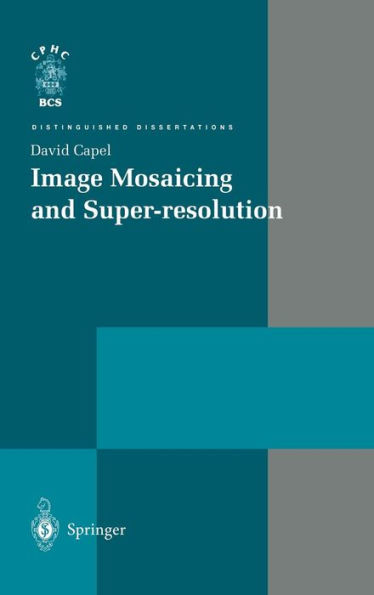5
1
9781852337711


Image Mosaicing and Super-resolution / Edition 1 available in Hardcover

Image Mosaicing and Super-resolution / Edition 1
- ISBN-10:
- 1852337710
- ISBN-13:
- 9781852337711
- Pub. Date:
- 01/09/2004
- Publisher:
- Springer London
- ISBN-10:
- 1852337710
- ISBN-13:
- 9781852337711
- Pub. Date:
- 01/09/2004
- Publisher:
- Springer London
109.99
In Stock

Product Details
| ISBN-13: | 9781852337711 |
|---|---|
| Publisher: | Springer London |
| Publication date: | 01/09/2004 |
| Series: | Distinguished Dissertations |
| Edition description: | 2004 |
| Pages: | 218 |
| Product dimensions: | 5.98(w) x 9.02(h) x (d) |
From the B&N Reads Blog
